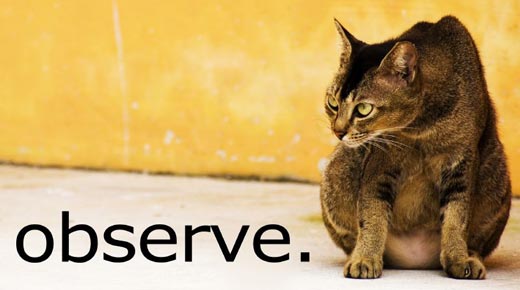Credit: TimberWolf_qx
Mindful observation takes effort and practice, but it’s valuable if you want to be a leader. It allows you to watch processes in action and look for small nuances and opportunities for improvement. For example, the wait staff at top-tier hotels do this every day. One waiter is always watching, looking for a shift in a customer’s eyes that says she might need something, detecting a growing line of people waiting to be seated, or checking on food that needs to be delivered. This allows the staff to anticipate and resolve problems, often before the customers are aware they exist.
|
ADVERTISEMENT |
Being able to closely observe a situation allows things to flow much more smoothly.
The benefits of observation extend to the manufacturing setting as well. Taiichi Ohno had an exercise for his engineers and students where he’d draw a circle on the factory floor and tell them to stand in it and simply observe for a half-hour. If they came back and reported that they didn’t see anything to improve, he’d send them back out.
…

Add new comment